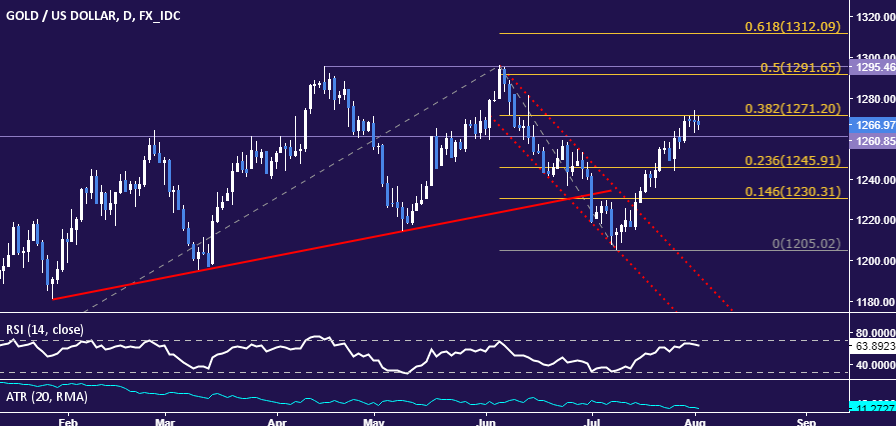Crude oil witnessed a downward spiral in the London trading session today, falling from their highest levels in more than a month after U.S. fuel stockpiles surged amid declining demand.
The global benchmark, the Brent crude futures is down 0.38%, currently trading $80.49 a barrel, while the United States’ benchmark, the West Texas Intermediate (WTI) crude futures is down 0.27%, currently trading $77.59 a barrel as of the time of this writing.
Data from the Energy Information Administration reveals that the U.S. crude oil stockpiles fell last week while gasoline inventories surged more than 10 million barrels, its biggest weekly build since April 2020, as supplies backed up at refineries due to reduced fuel demand.
Other factors affecting oil prices is the spread of the Omicron COVID-19 variant. The United States reported nearly 1 million COVID-19 cases on Monday, setting a global record as the spread of the Omicron variant showed no signs of slowing, while heavy snow also disrupted traffic.
Another reason for the downside is the U.S Federal Reserve (Fed) reconfirming its plans to get its balance sheet under control. Yesterday, the minutes from the Fed’s December FOMC session was released and it revealed that the regulator is committed to decreasing its balance sheet and increasing interest rates in 2022.
Caroline Bain, chief commodities economist at Capital Economics said in a note that the “Implied product demand – particularly for gasoline – slumped, suggesting that the public were cautious about travel in the wake of surging cases of the Omicron variant. These fears are likely to persist for a few weeks yet.”
JP Morgan analysts said in a note that, “Our reference case now assumes the alliance will fully phase out the remaining 2.96 million bpd of oil production cuts by September 2022. With signs of demand withstanding the Omicron variant, low stocks and increasing market vulnerability to supply disruptions, we see the need for more OPEC+ barrels.”
JP Morgan forecast Brent prices to average at $88 a barrel in 2022, up from $70 last year.
Also, to note, the Organization of Petroleum Exporting Countries and its allies (OPEC+) agreed on Tuesday to add another 400,000 barrels per day (bpd) of supply in February, as it has done each month since August. With more oil going into the market and reduced demand as a result of the winter season and the spread of the Omicron variant, oil price may continue to slump in the coming days unless new data suggest otherwise.



